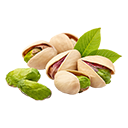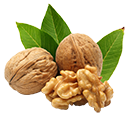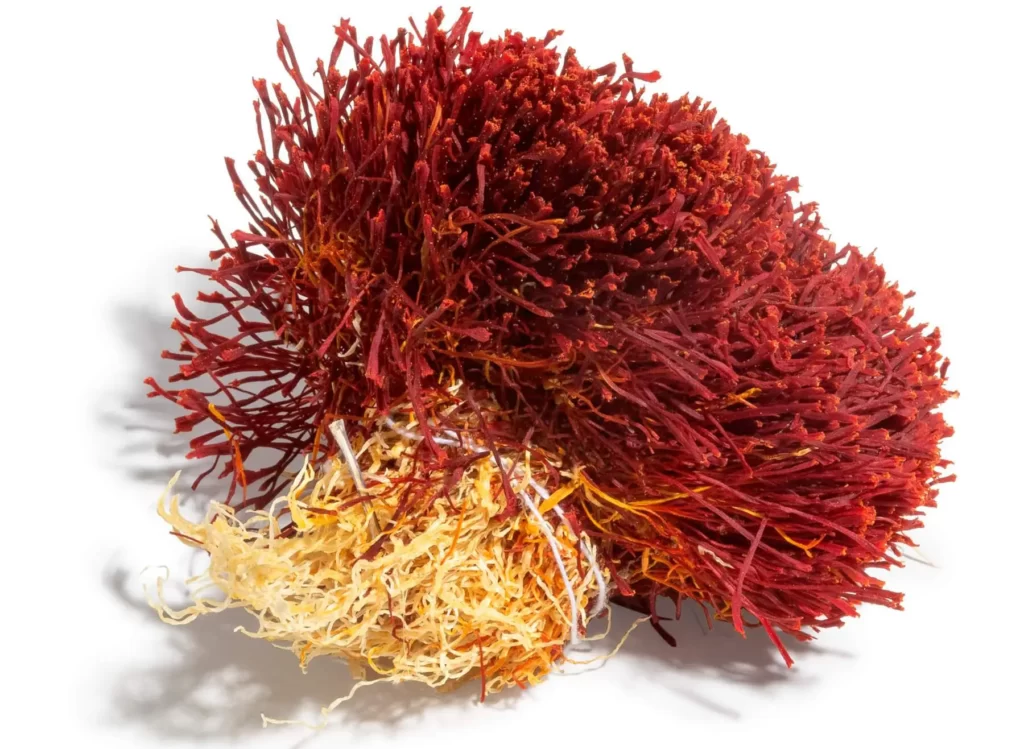While saffron is packed with antioxidants and affords a number of health benefits, it is not a significant source of macro or micronutrients. Saffron contains 2 calories in 1 teaspoon (0.7 grams).
While saffron has not been extensively studied, it does boast some impressive health benefits. Many individuals add it to food, but it can be taken as a supplement as well. Here are some potential benefits of saffron:
Saffron contains a host of plant compounds that act as powerful antioxidants and protect cells against free radicals and oxidative stress that can lead to cancer. Crocin and crocetin are antioxidants that are responsible for saffron’s vibrant red color. These compounds are thought to have antidepressant effects, protect brain cells against damage, decrease inflammation, and reduce appetite.
Safranal is what gives saffron its distinct taste and smell. Evidence points to its ability to help improve mood, memory, and protect the brain against oxidative stress. Test-tube studies have shown that saffron and its antioxidant compounds kill different types of cancer cells or suppress their growth. While these studies are promising, much more research is needed.
Studies also show that saffron may help treat symptoms of premenstrual syndrome (PMS), which is the physical and psychological symptoms that may occur before starting a menstrual period. One study showed that women who took 30 milligrams of saffron daily decreased irritability, headaches, cravings, and pain. Additionally, saffron was more effective than taking the placebo.
Additionally, animal and test-tube studies have indicated saffron’s efficacy in reducing the risk of heart disease by lowering cholesterol and preventing clogged blood vessels. Saffron may also lower blood sugar and increase insulin sensitivity, as shown in mice studies.
While these results are promising, more research needs to be done on humans before recommending saffron supplementation for certain health conditions. However, there are some older studies that indicate that the antioxidants in saffron tea can help reduce the risk of cardiovascular diseases. Researchers also note that the flavonoids found in saffron also can provide protection.
When buying saffron, make sure the threads are a solid red color and that they are dry and brittle to the touch. Saffron should also smell strong and fresh. Store your saffron in a cool, dark place in an airtight container. It should last up to 6 months with maximum flavor and aroma.
Available Packs:
Bunch Saffron has different names, such as Dasteh Saffron or Dokhtar Pich Saffron (Dochtar Pitsch Saffron, or Dokhtar Saffron). Dasteh Saffron is the complete stigma (filament) of saffron in bundles. In other words, it contains the stigma with the whole style. It contains the red-colored parts as well as orange, yellow and white parts. Its coloring strength is relatively low compared to the Mancha and All Red types. Although the style of the saffron has a lower value compared to the red parts, many customers prefer to buy the whole thread rather than the red parts alone.

 Pistachio
Pistachio Almond
Almond Walnut
Walnut Barberry
Barberry Raisins
Raisins Saffron
Saffron Jujube
Jujube Dried Fig
Dried Fig Kaloote
Kaloote Piarom
Piarom Zahedi
Zahedi Mazafati
Mazafati Estameran
Estameran Rabbi
Rabbi
